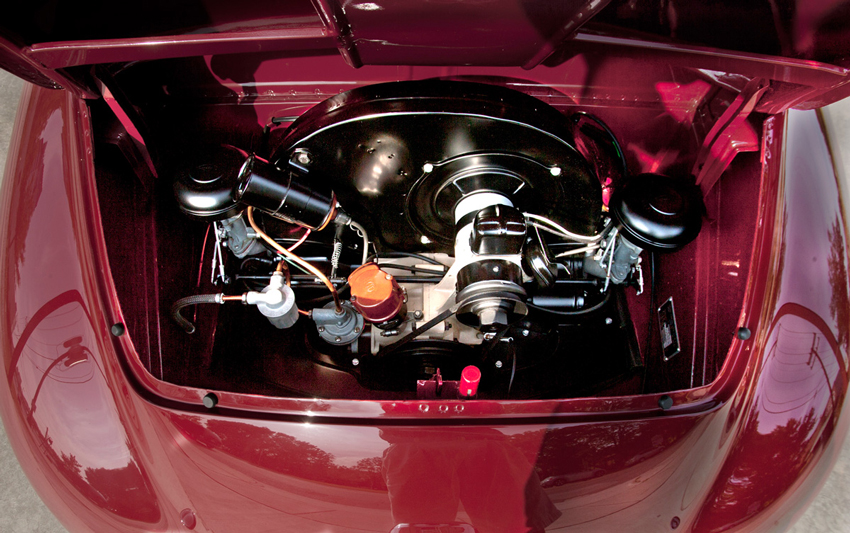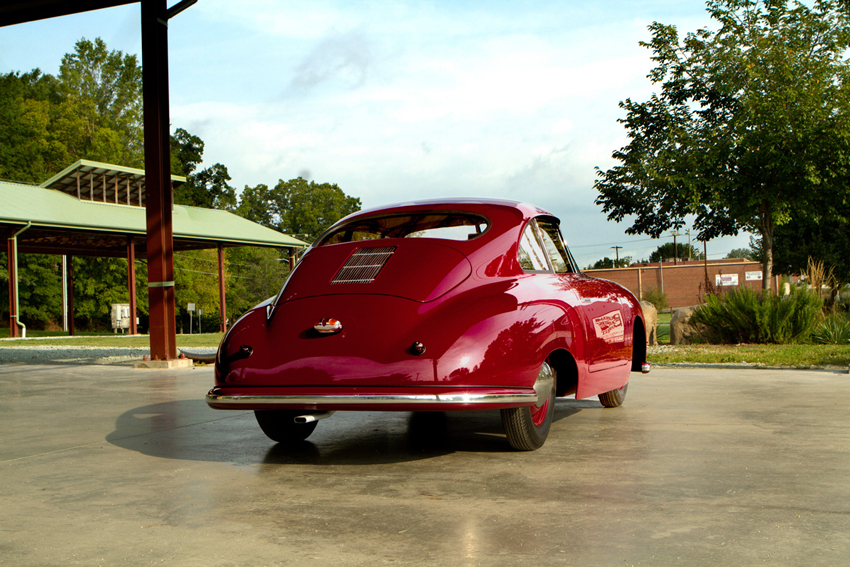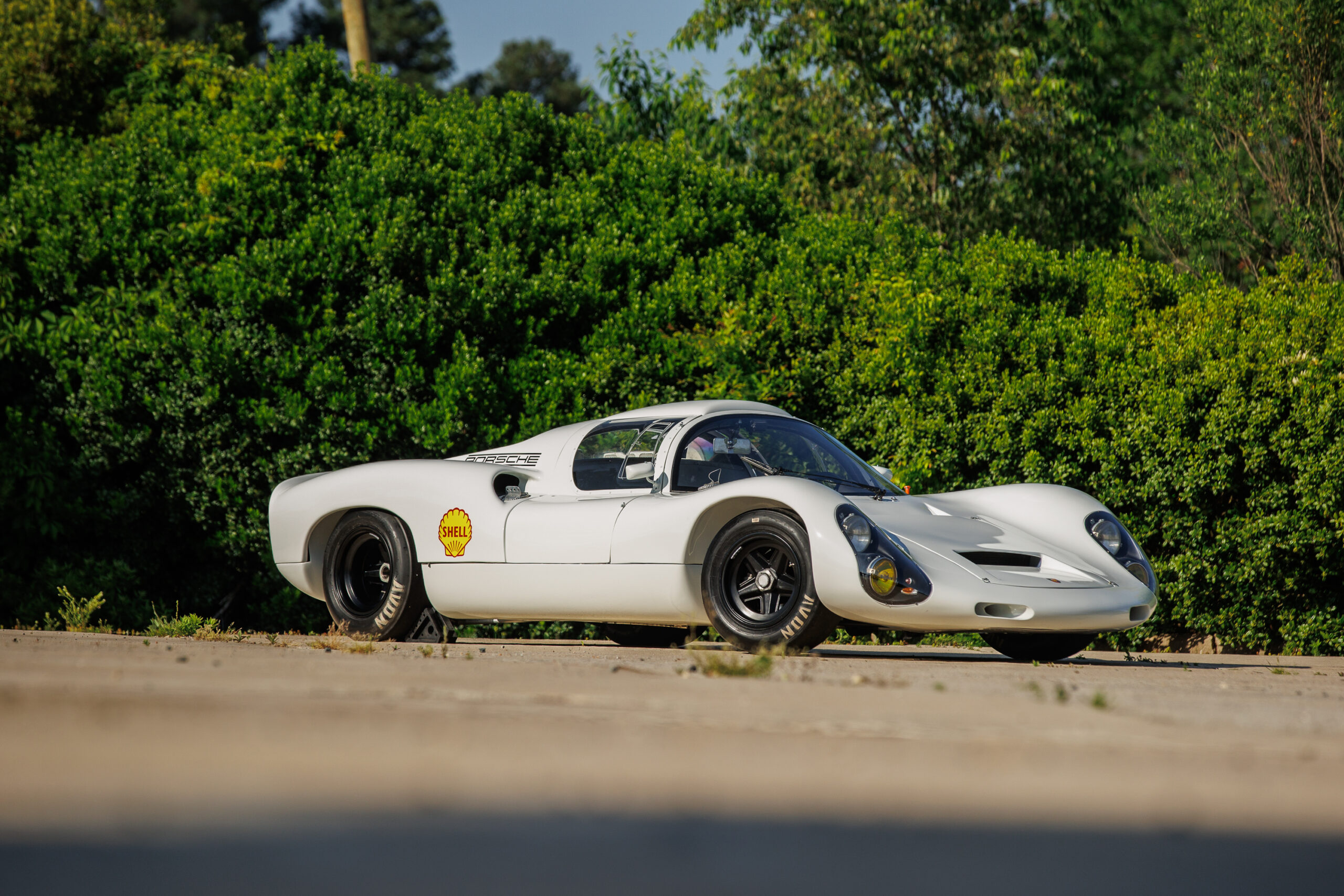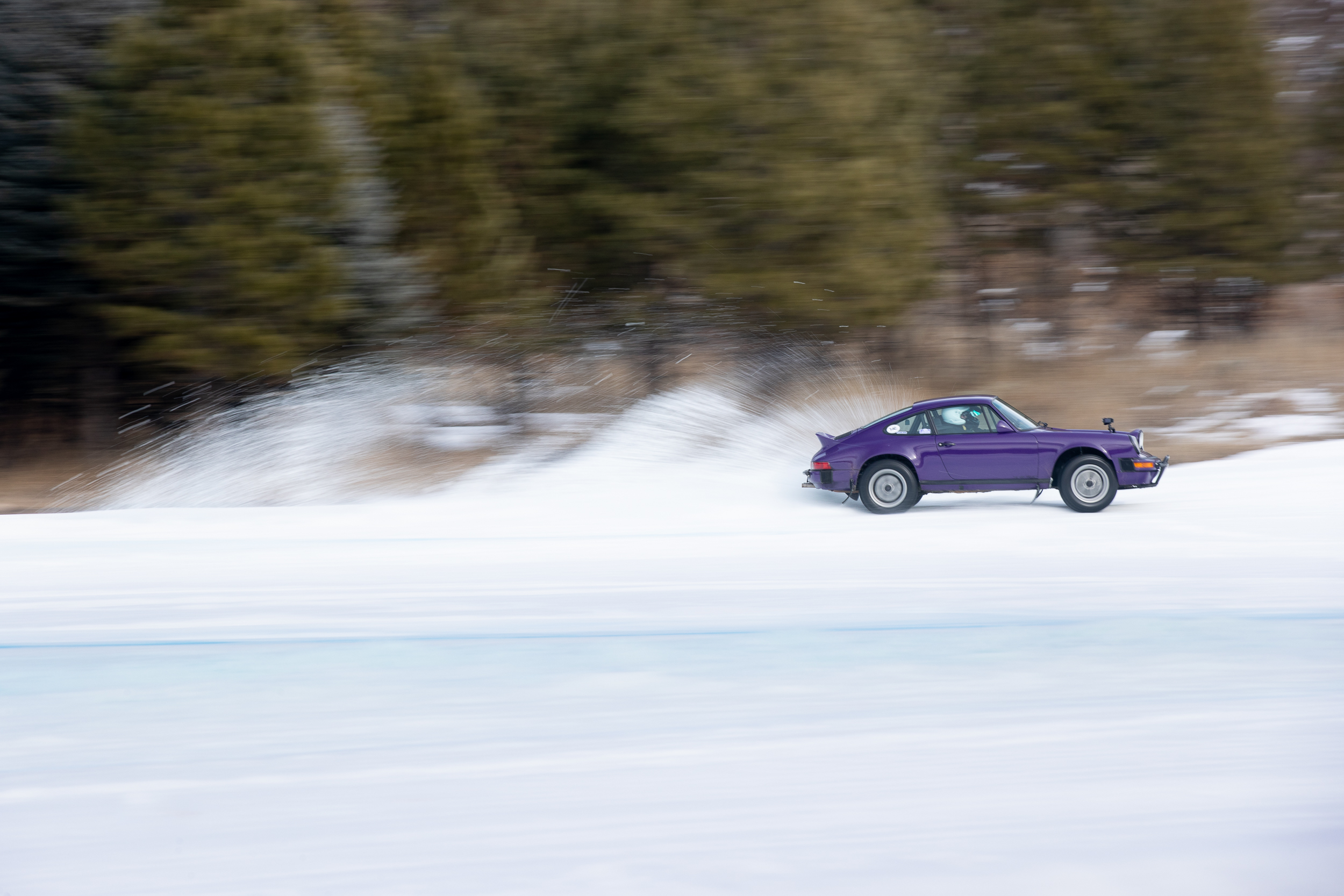“In the nascent days of car collecting, the established Concours d’Elegance events, such as Pebble Beach, praised cars that were restored to original spec. Many restorers believed that the only way to impress the judges and achieve a ‘perfect’ 100-point score was to make the car look new again. Within the last decade or two, however, ideologies began to change. Perhaps the primary idealistic shift in the car collecting mentality of recent times is that preservation is now seen as being more desirable than restoration. Today, an identical model in a preserved, original state will often bring more money than a 100-point Concours-restored example.” -David Swigg, Bonhams and Butterfields Auctioneers Corp.
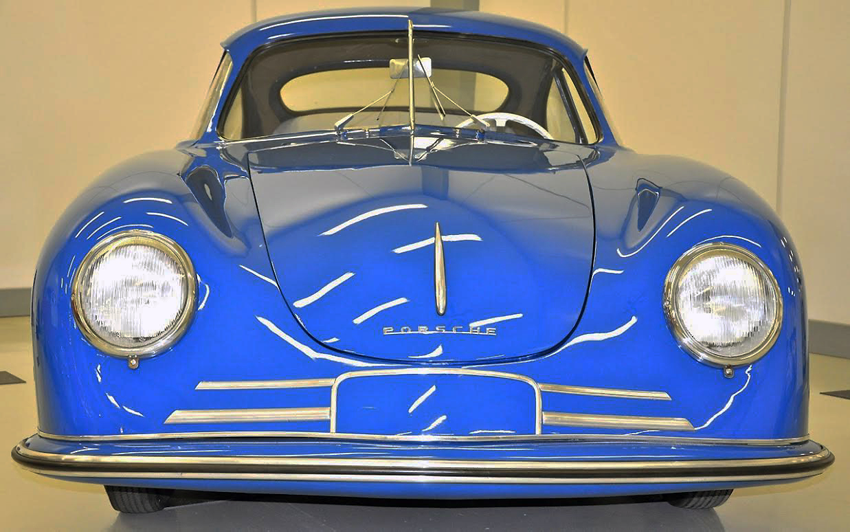
David Swigg’s quote not only reflects the paradigm shift in car collecting but it also illustrates the change in automotive restoration philosophy. The age-old adage that “they are only original once,” has become the new mantra for the collector car market. Yet, what constitutes the new criteria for restoration in this new era when a car cannot be saved or preserved?
An authentic restoration not only restores function and appearance, but it also honors the history and people who built the car. In other words, it should be treated as work on a historical artifact and not as something recreated in our idealized notion of perfection. Modern restoration philosophy puts the emphasis on material authenticity instead of the temptation to over restore. The true craft of automotive restoration seeks to make its own work invisible.
The building blocks of an authentic restoration thus begin with research and documentation. Whether it’s traveling to look at original examples, spending countless hours scanning period photographs, or reading obscure resources, credible research is the only way to authentically restore a car.
This attention to detail goes well beyond the type of paint and panel fit of any restoration project. It addresses the type of fasteners used during a period, and the specific manufacturing methods used in the various automobile factories around the world. A thorough restoration addresses every minute detail, from the correct windshield wiper motor to the correct grain in the leather interior hide that was used in the period of the car. It’s only with this research completed that one starts the slow disassembly process of a historically significant automobile while documenting every step with digital photography.
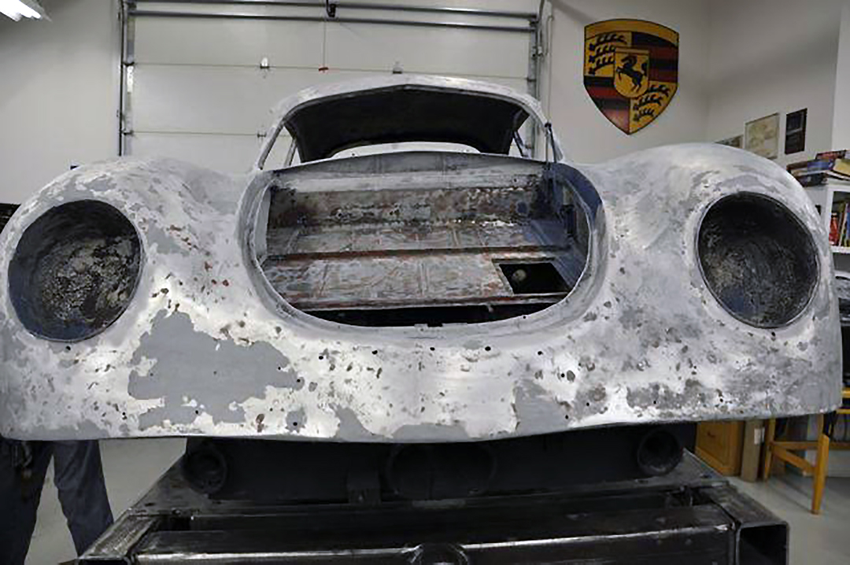
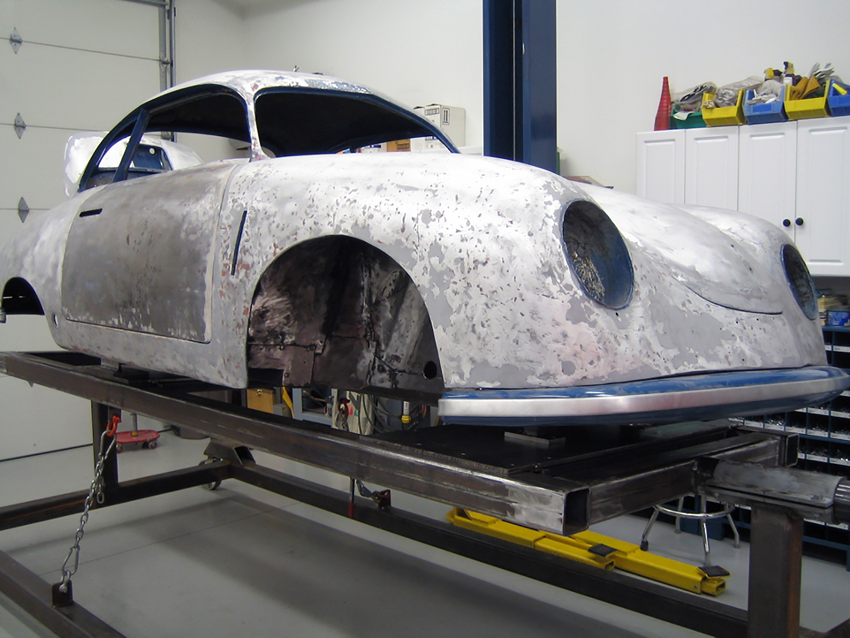
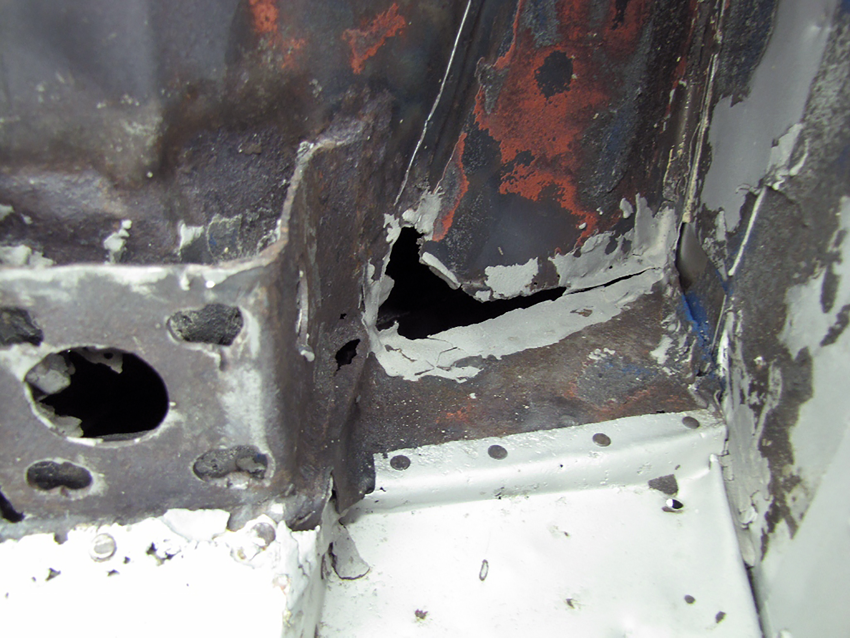
Road Scholars Restorations utilized all these principles when it undertook the restoration of the 1950 Gmünd Porsche coupe belonging to Hans Peter Porsche. His 1950 Gmünd was the 45th Porsche made out of the first 52 cars built in a converted sawmill in Gmünd, Austria after WWII. This is why the first 52 Porsches are referred to as the “Gmünd coupes.”
To do this, we spent countless hours on international travel and Gmünd research. We inspected eight different Gmünds and two were laser scanned for body data points. These data points allowed Road Scholars to create the exterior body buck and replicate the hand building process of the car.
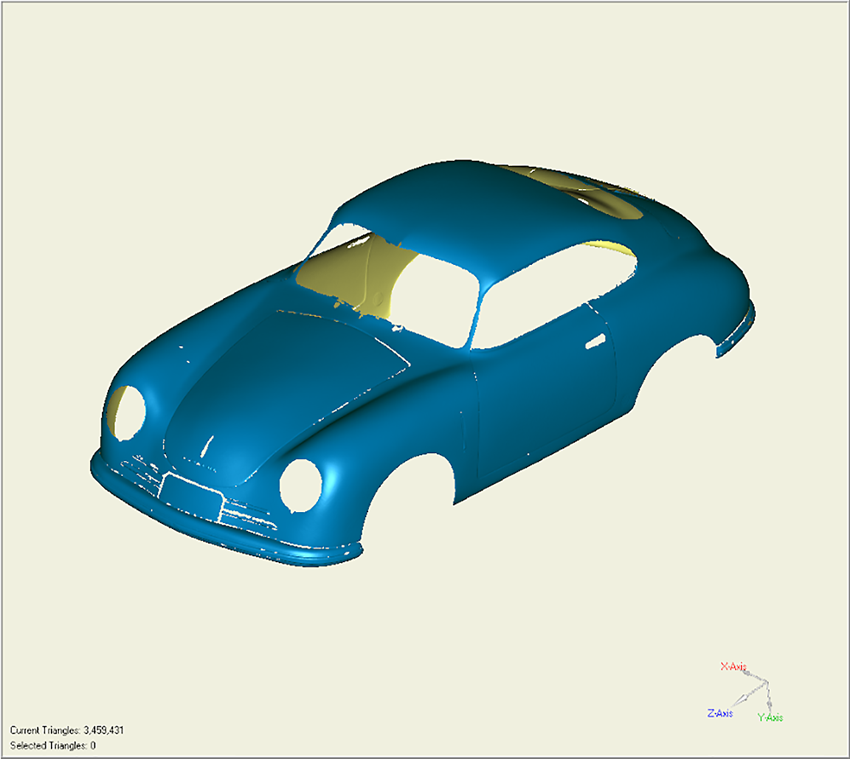
Once #045’s original body was stripped bare, it was clear that ravages of time and previous paint jobs had ruined many of its body panels. We made the decision to use a World War II era power hammer to replicate the needed panels and we gas welded them in place just as the factory had done. We left the hammer marks from mating the body to the frame undisguised, just as in the original, and we replicated the uneven rivet pattern. To impede electrolysis between the steel chassis and aluminum body, we mounted a simple strip of herringbone cotton, exactly replicated from the original material used in 1950, to separate them and insulate them.
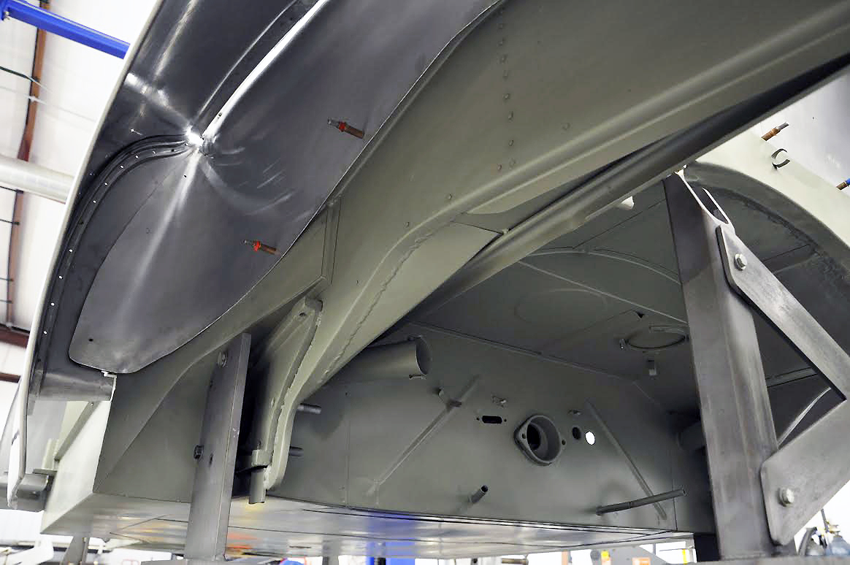
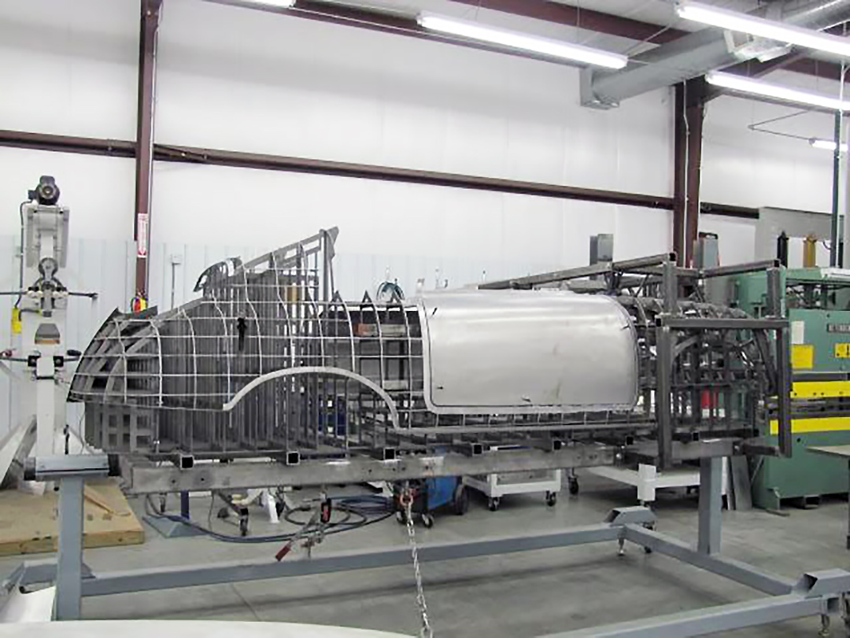
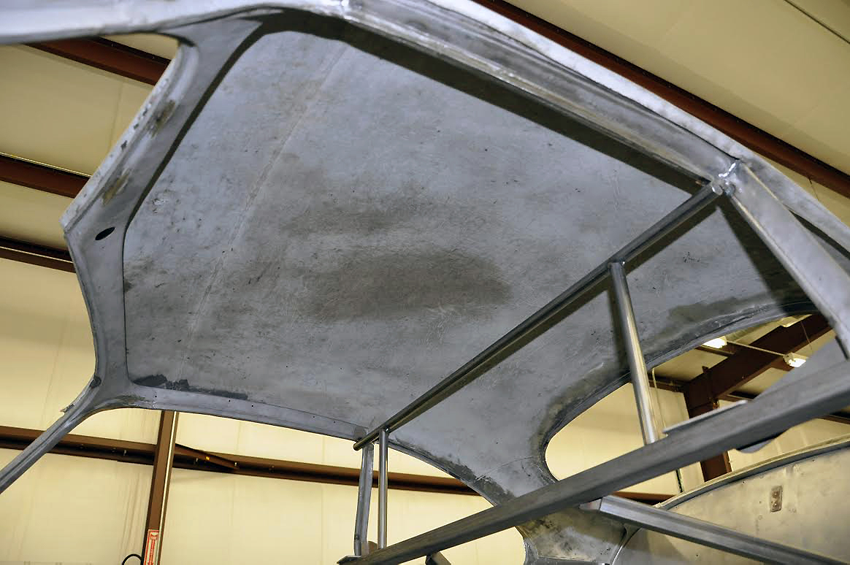
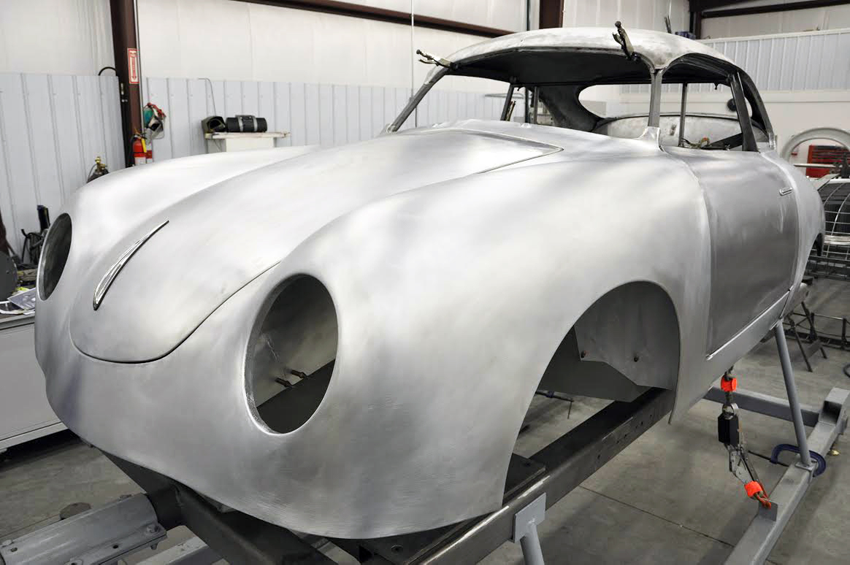
A hint of original red paint in the front trunk remained and was painstakingly matched after many attempts. Eventually #045 was painted in single stage paint as it originally had been done in 1950. Paint drips were left un-sanded in the engine compartment bay, as was noted and documented on an original Gmünd. Further maintaining authenticity, the undercoating was applied with a crude brush as historical pictures from the factory showed.
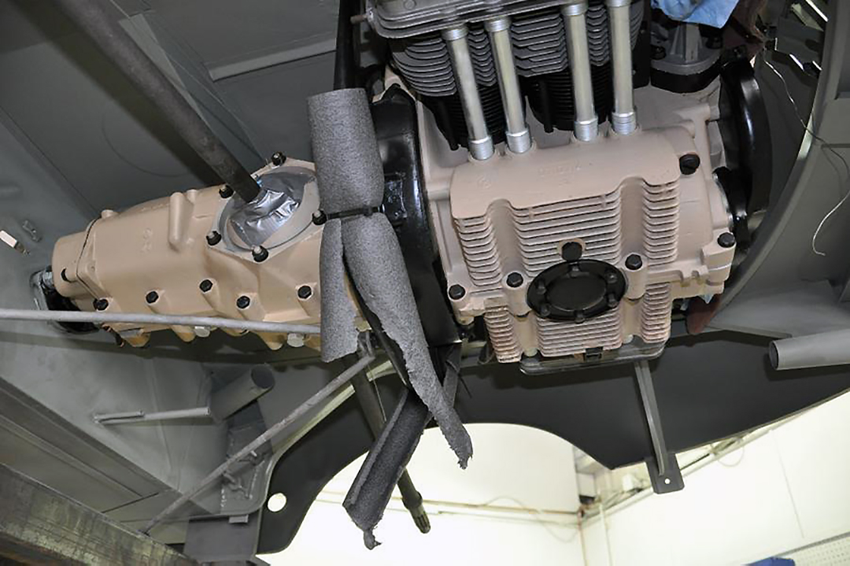
Countless hours were spent repairing the original engine’s degraded magnesium cooling fins. This original engine was actually from a Kubelwagen, the German military jeep during the war. Such was the lack of resources after the war; supply was wholly unpredictable. Porsche KG used at least four different engines in its aluminum 356s (Gmünd cars), sourcing them from KdF Beetles, Kubelwagens, Schwimmwagens, and industrial applications.
Our parts manager searched the world over for the obscure SWF-brand “frog’s eye” taillight lenses. These eventually were found on a shelf in the Netherlands in original condition.
Lastly, an original broken early Porsche script was sourced for the nose of the car. We sand-casted it, and smelted WWII German canteens to replicate the quality of the aluminum. Thus the finished script had the same flawed casting details and porous aluminum look as the original.
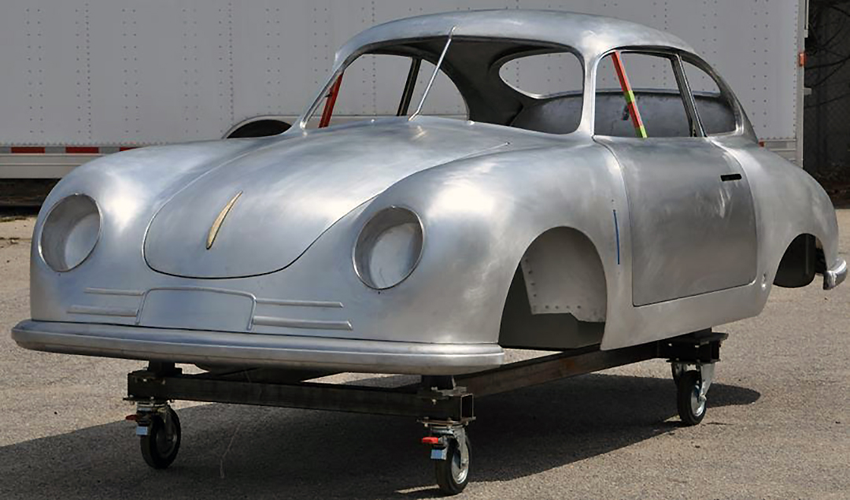
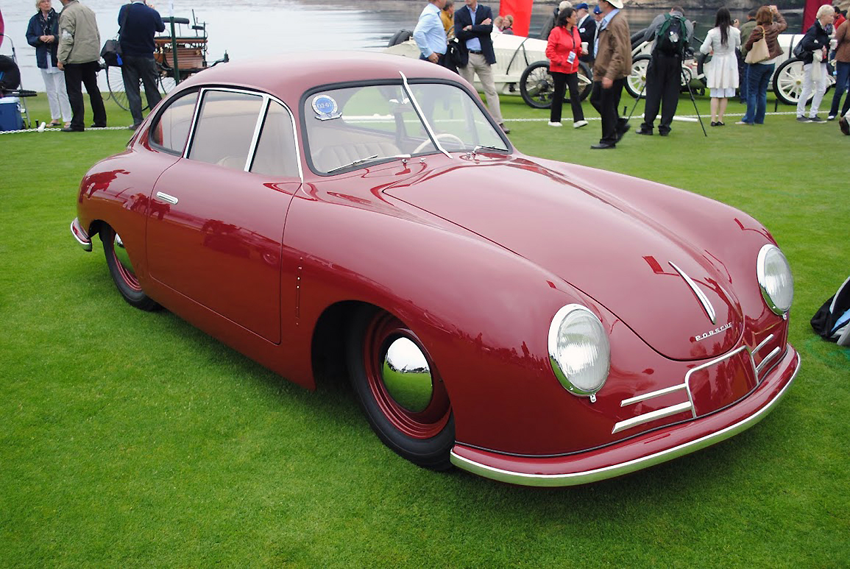
All these authentic details and dedication to the restoration process “to make like original” were recognized and awarded on the lawn at the Pebble Beach Concours d’Elegance in August 2011. Hans Peter Porsche took first place in Post War Sports Cars Closed with the Gmünd Coupe. It was the first time that a Porsche had won such a distinction at Pebble Beach.
As the study of automobile and car collecting has just entered a new era of appreciation, it’s also clear that automobile restoration has evolved as well. The auto restorer’s job now is to conserve each project as a historical and cultural artifact. Many works of art and artifacts are precious to human history, and many people desire to keep them for future generations. Preserving those pieces can be tricky because the art and artifacts constantly face damaging influences, such as rot, deterioration, and faulty conservation/restoration methods.
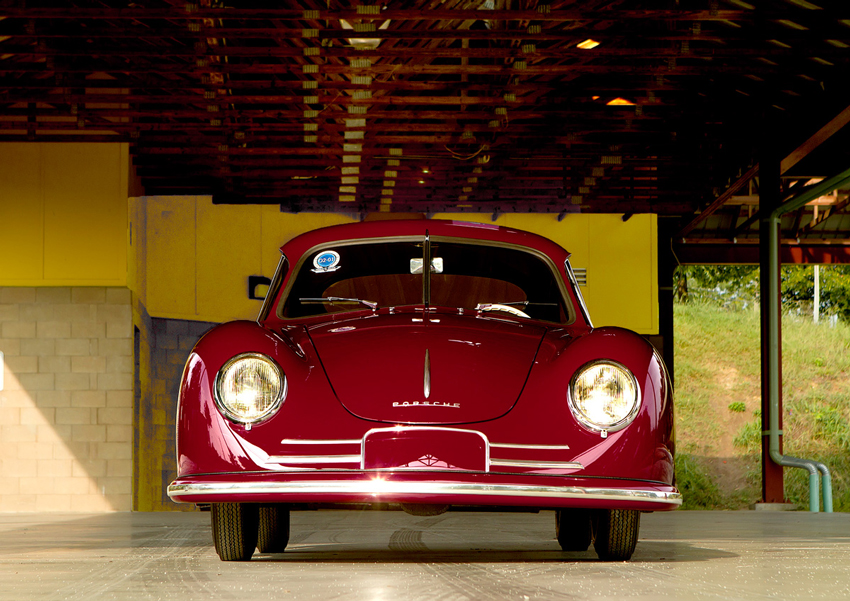
It’s because of this kind of historically-correct approach to restoration work that future generations will be able to view cars as closely as possible to their original form and intent, and it allows us to redefine what constitutes the ideal restoration when that is the only option for a particular automobile.
